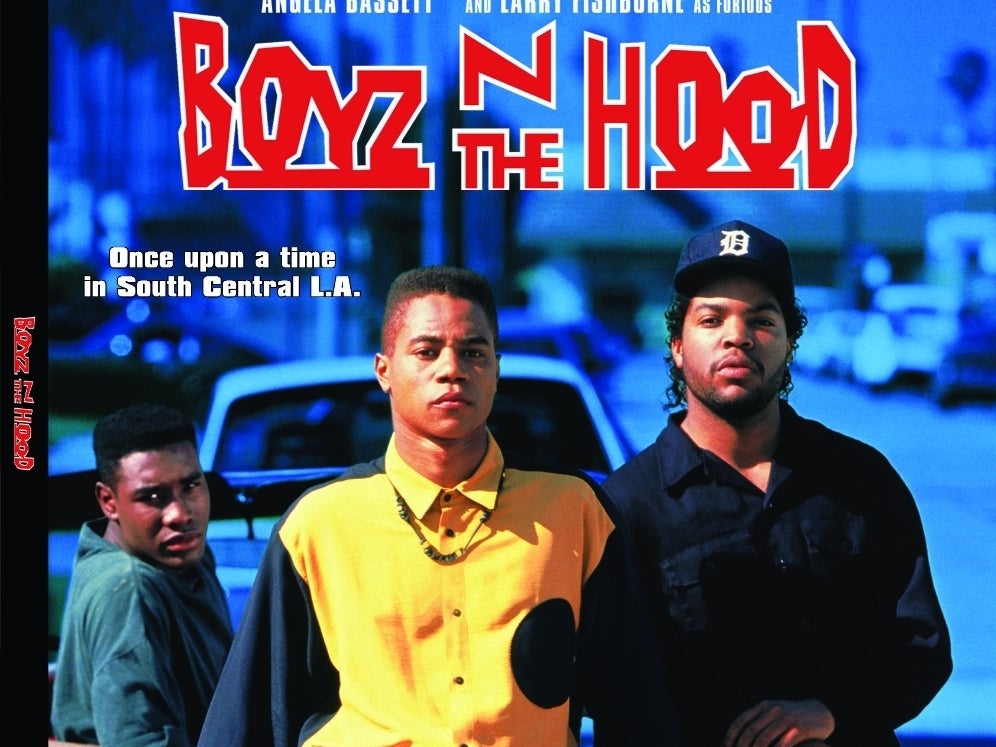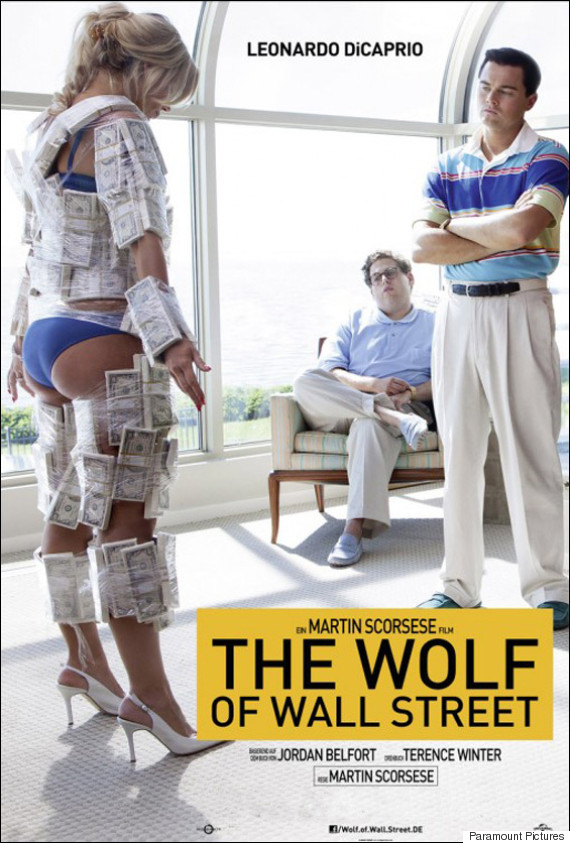I have chosen Fernando Meirelles’ 2002 crime/drama film, City of God for my textual analysis. The film is set during the end of the 1960s and the beginning of the 1980s and follows what life is like for residents of a slum in Rio de Janeiro during a bloody gang war focusing on a character called Rocket who is a young aspiring photographer trying to escape the slum. I have chosen the section of the film between 1:53:00 – 1:57:00 which is during the climax of the film. In this scene antagonist Lil Z is captured and robbed by corrupt police and then gunned down by the “runts” of the slum to take over his business. The scene is mainly shot through the perspective of Rocket who is photographing the whole event which ends up landing him an internship at a printing company. To analyse this section, I am focusing on cinematography, editing and critical response.
All posts by Joe Bougeard
Filters
TExtual analysis
Film – City of God
Scene – 1:53 – 1:57
Film Elements – Cinematography, Editing, Narrative
| Film | Preference | Memorable Scene | Film Element Focus |
| Rome Open City (Rosselini 1945) | 4/10 | Torture scene | Cinamatography |
| Pan’s Labyrinth | 6/10 | Alien scene | Mise en Scene |
| City Of God | 8/10 | Motel Scene | Editing |
Portfolio plan
| Role | Planning | Shooting | Editing | Filmakers intentions |
| Cinematography Clip 1 Clip 2 | Done One take tracking shot? | Done Not Started | Done Not Started | Martin Scorsese Goodfellas tracking shot. |
| Sound Clip 1 Clip 2 | Not Started Not Started | Not Started Not Started | Not Started Not Started | |
| Editing 3 minute film | Car Scene/Fast paced action closeups/gather sound using | Not Started | Not Started | Edgar Wright cartoon style sound/editing. |
Comparative study Smart target
| Unit | Pre-production | Writing Script | Recording audio | Editing | Finalizing |
| Comparative Study | Watch and record my two films | Complete draft | Complete final script 18/06/2021 | Edit scenes together and match with audio. 02/07/2021 | Upload final video essay to IB 15/07/2021 |
| Research films and set out themes | Complete citation and quotes 18/06/2021 | Record audio. 16/06/2021 | Export 02/07/2021 | Upload quote and citation list to IB 15/07/2021 |
What makes up the french new wave movement.
French new wave was an artistic film movement that originated in the 1950s in Paris, France. French new wave rejected the then-popular classic Hollywood which more often then contained an easy to follow narrative created by big studios which relied on grand set design and well-known actors. French new wave gave birth to auteur theory as it focused on putting the power back into independent filmmakers’ hands.
French New Wave rejected the idea of a strong narrative and preferred to use imagery to make the viewer think and question complex ideas about the world around them such as existentialism and the absurdity of existence which is why it’s easy for many of these films to go over the average viewers head and be disregarded as abstract nonsense.
Comparative study introduction draft.
Mathieu Kassovitz 1995 French film La Haine and Menhaj Hudas 2003 British film Kidult- hood are both distinctive working-class coming of age films. They are incredibly recognizable, from the forgotten suburb of Paris in La Haine, to the hellish depiction of west London that appears in Kidult-hood. I have chosen these two films as they were made in different countries and both tackle problems in society that impact the working-class youth such as police brutality in La Haine and gang culture in Kidult-hood. The depiction of class divide can be seen clearly in both films. It can be argued that Kidult-hood is inspired by La Haine as many similar aspects can be seen in the two. La Haine follows the three protagonists Vince, Abdel, and Hubert battling everyday issues in their council block on the outskirts of Paris after their friend was beaten unconscious by police. Kidult-hood also follows a group of working-class youth in west London on a day off school in memory of a classmate who committed suicide. The film covers subjects of organised crime, drugs, teen pregnancy and racial profiling.
comparative study question
How are the struggles of the working class youth presented in the films Kidulthood (2006) and La Haine (1995)
Comparative study films – Postcolonialism and class



Film posters – male gaze


